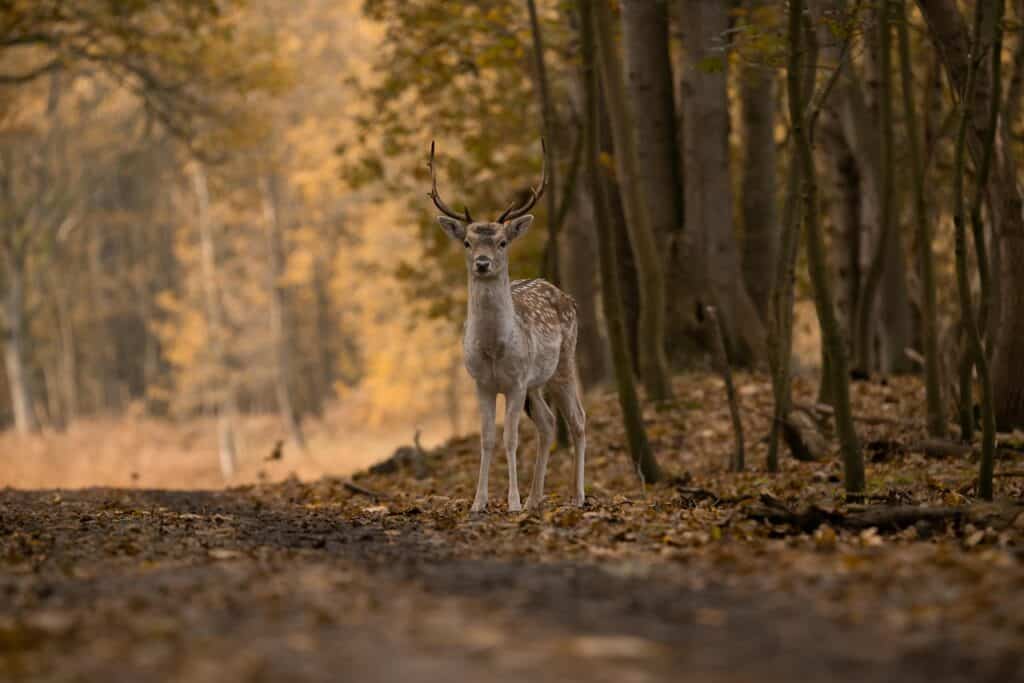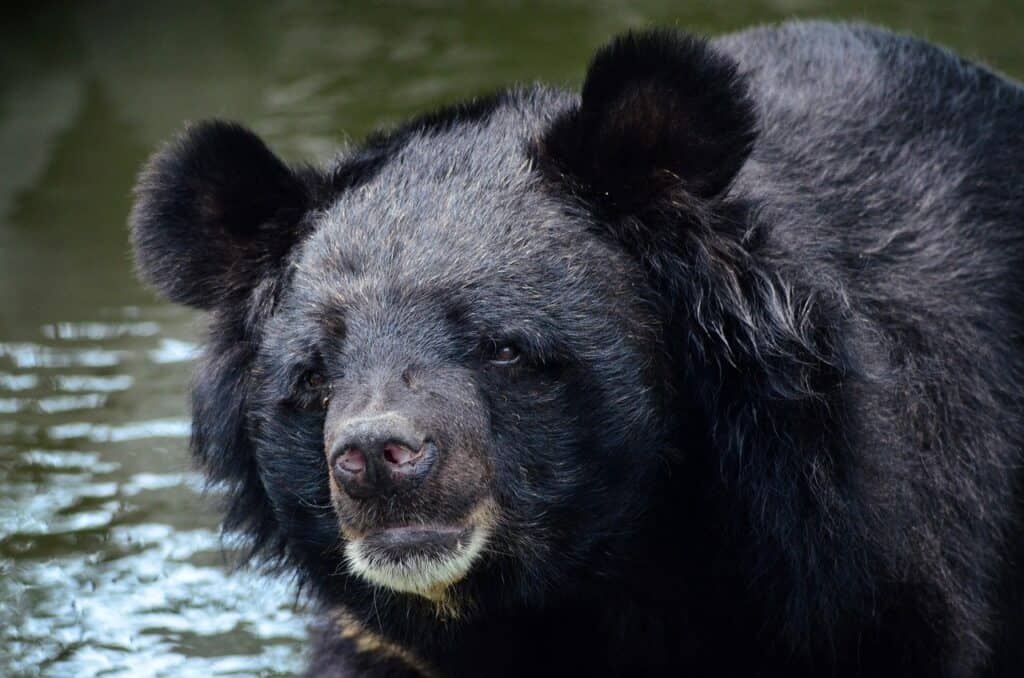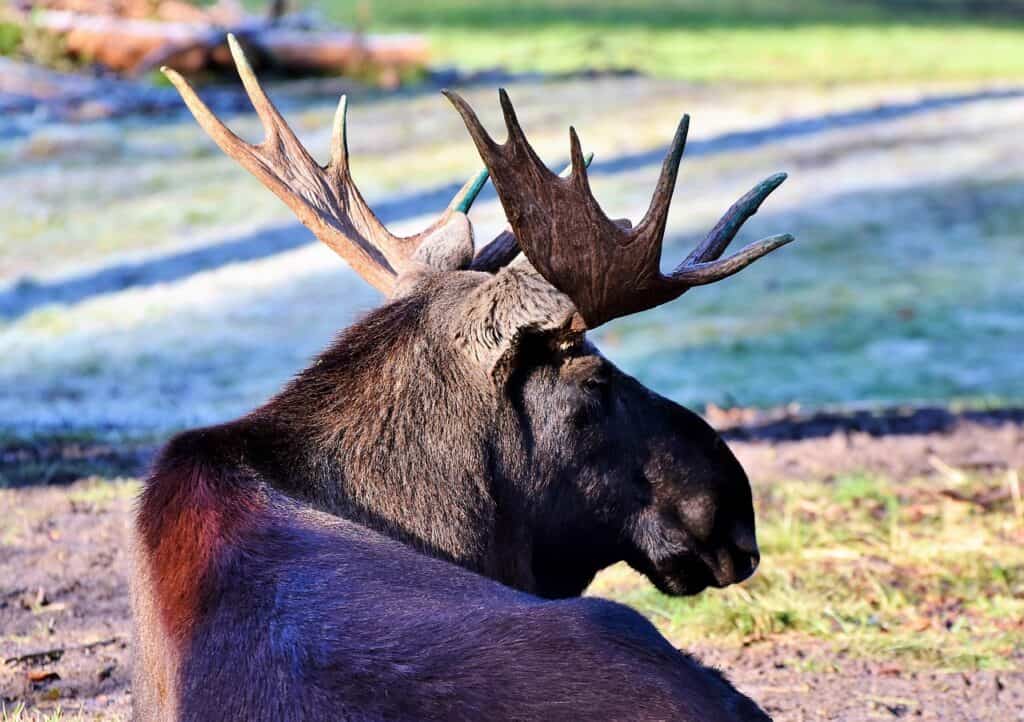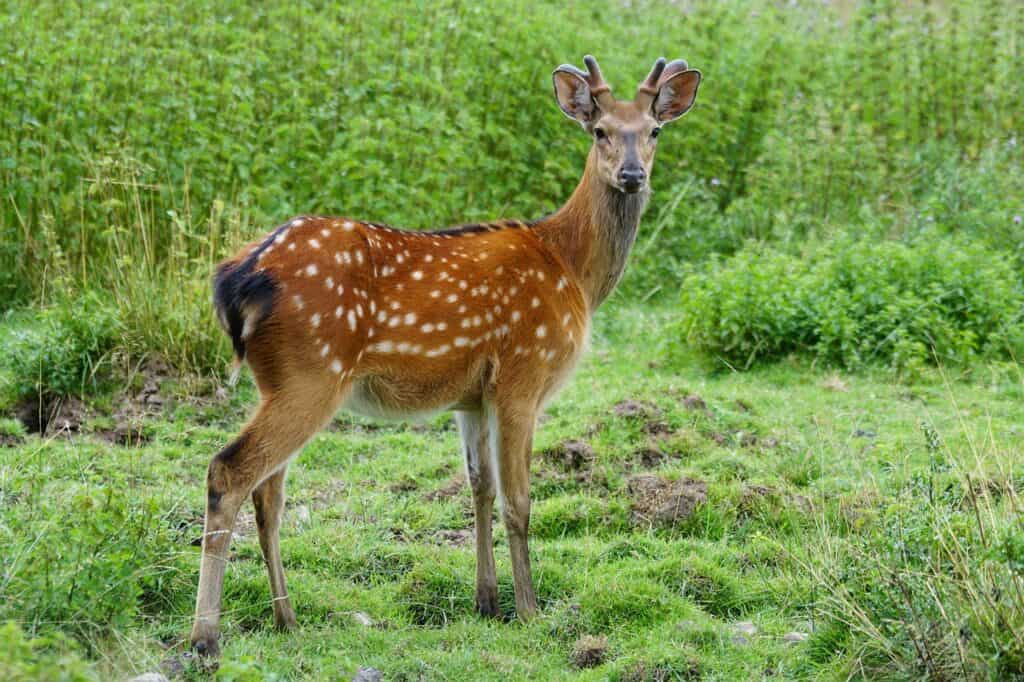We may earn money or products from the companies mentioned in this post. This means if you click on the link and purchase the item, I will receive a small commission at no extra cost to you ... you're just helping re-supply our family's travel fund.
Hunting across America offers an unmatched sense of adventure, blending outdoor excitement with deep respect for wildlife conservation. However, each state’s rules differ drastically—from licensing fees and bag limits to park access and weapon restrictions. Knowing these distinctions ensures ethical hunting and compliance with local laws. Below are eight key state-focused insights, each offering essential details and numerical facts that help you plan your next trip responsibly and confidently.
1. Alaska – The Ultimate Frontier for Big Game Hunters

Alaska’s wild terrain is home to over 1.3 million moose, 130,000 black bears, and countless caribou, drawing hunters from around the world. The state mandates both a hunting license and species-specific tag, with nonresident moose tags costing about $800. Hunting is regulated by the Alaska Department of Fish and Game, with strict quotas and mandatory harvest reports. Firearms must not be discharged within one-quarter mile of any public roadway. The state allows hunting on many public lands, but National Parks like Denali remain strictly off-limits.
2. Texas – Expansive Lands and Game Variety

Texas boasts over 1.2 million licensed hunters, making it one of the most active hunting states in the U.S. With more than 1 million deer harvested annually, its private land dominance around 95% makes landowner permission essential. Public hunting areas, managed by Texas Parks and Wildlife, require annual permits costing $48. Baiting is permitted in most counties, but spotlighting is strictly prohibited. Hunting inside state parks is not allowed unless authorized through controlled hunts. Bag limits vary by county, with white-tailed deer limited to five per season in most regions.
3. Maine – A Northeastern Haven for Ethical Hunters

Maine’s rich forests support about 76,000 registered hunters yearly, with popular species like black bear, moose, and whitetail deer. The state runs a moose lottery system, allocating roughly 3,000–4,000 permits annually to maintain sustainable populations. Hunting is generally allowed from September to May, though discharging firearms within 300 feet of buildings or campsites is illegal. Hunting is banned in most state parks but permitted in designated public lands. Crossbow hunting is limited to licensed users over age 16, ensuring safety and ethical harvests.
4. Florida – A Southern Destination for Diverse Game

Florida offers over 6 million acres of public hunting land across 180 wildlife management areas (WMAs). Its regulations are overseen by the Florida Fish and Wildlife Conservation Commission. All hunters born after June 1, 1975, must complete a hunter safety course. Bag limits include two deer daily and five per season, while alligator hunts require a special lottery permit. Baiting deer is prohibited on public lands but allowed on private property. Firearm discharge within 100 yards of an occupied dwelling is unlawful, keeping both wildlife and people safe.
5. Montana – Rugged Landscapes and Strict Seasons

Home to 147,000 square miles of pristine wilderness, Montana attracts big-game enthusiasts pursuing elk, deer, and antelope. The state sells about 240,000 hunting licenses annually. Archery and rifle seasons are tightly scheduled, generally from September to November. Hunters must carry carcass tags, and reporting harvests is mandatory. Hunting within 500 feet of occupied buildings or public roads is forbidden. National Parks like Yellowstone strictly prohibit hunting, while nearby National Forests allow it under state rules. Nonresident big game combinations start around $1,200per season.
6. Wisconsin – The Heartland’s Whitetail Paradise

Wisconsin consistently ranks among the top three states for deer harvest, averaging 300,000+ deer annually. Over 600,000 hunters take part each year, supporting a billion-dollar industry. Hunting hours run from 30 minutes before sunrise to 20 minutes after sunset. The state enforces chronic wasting disease testing in several counties. Park hunting is typically restricted, though controlled hunts occur for population management. Hunters must wear at least 50% blaze orange clothing for safety. Baiting bans are in place in 52 counties to prevent disease spread among wildlife.
7. Colorado – Mountains, Elk, and Responsible Access

Colorado’s rugged Rockies host over 280,000 licensed hunters, with elk populations exceeding 300,000, the largest in North America. The state enforces strict draw-based systems for big game permits. Hunting near trailheads, campgrounds, or within 150 yards of roads is illegal. State Parks generally ban hunting unless listed as multi-use areas. Nonresident elk tags average $760, while resident tags cost about $60. Archery season begins in early September, followed by rifle seasons in October and November. Colorado’s “Walk-In Access” program opens 400,000 acres of private land to public hunters annually.
8. New York – Balancing Urban and Wilderness Regulations

Despite its dense population, New York supports a strong hunting culture with about 600,000 active hunters. The state oversees nearly 5 million acres of hunting lands. Firearm seasons for deer typically run from November to mid-December, depending on the region. Hunters must maintain 500 feet of distance from occupied buildings when firing. State parks prohibit hunting except in approved zones. Nonresidents pay about $100 for a small game license, while residents pay $22. The DEC encourages reporting all harvests within seven days to aid wildlife management.